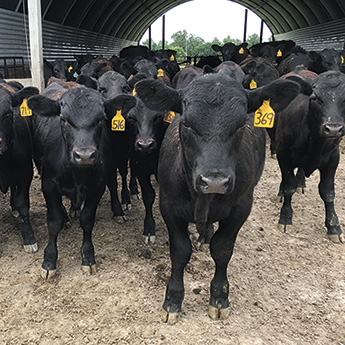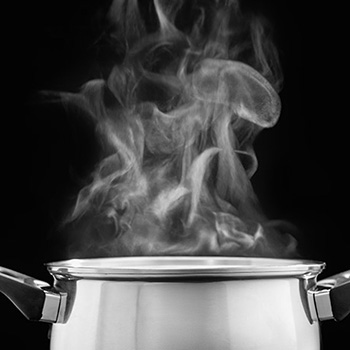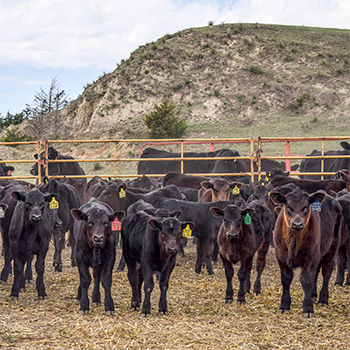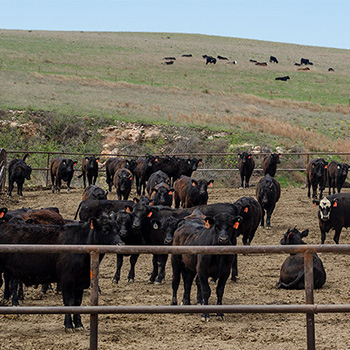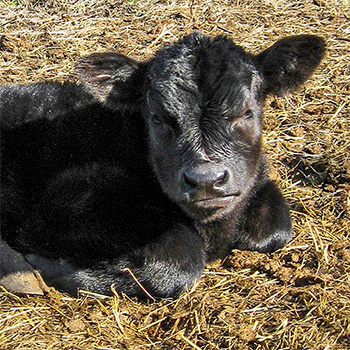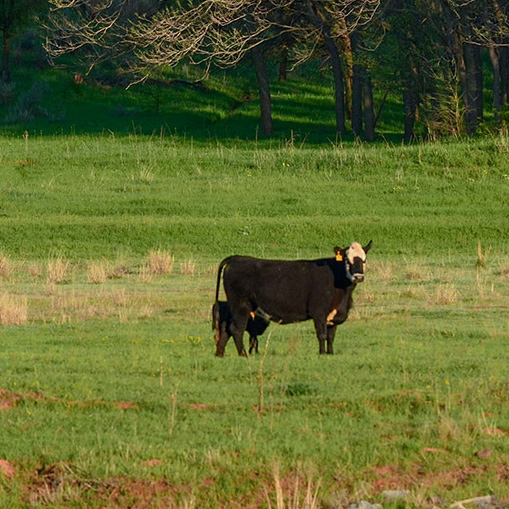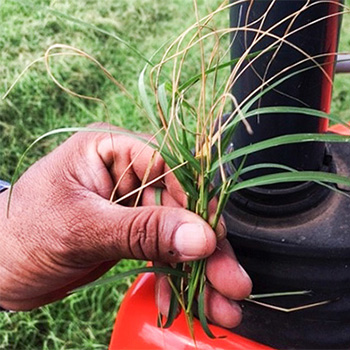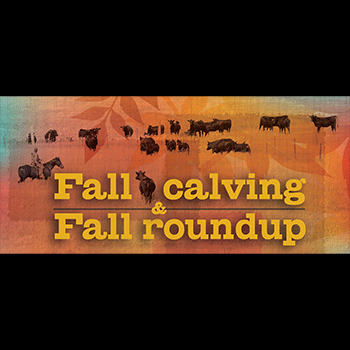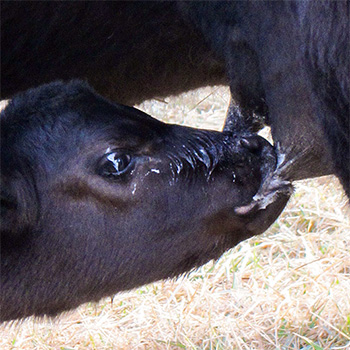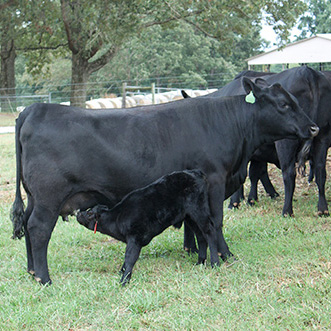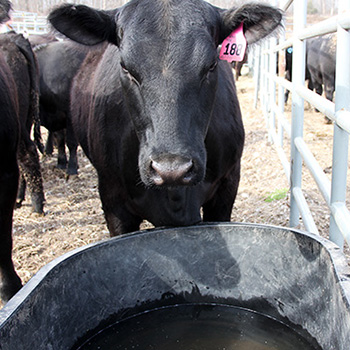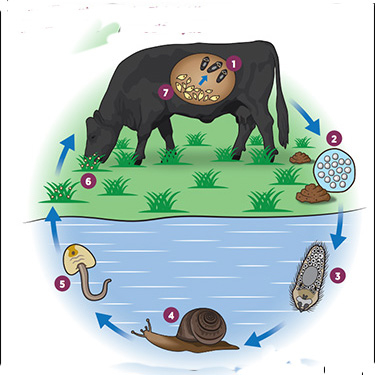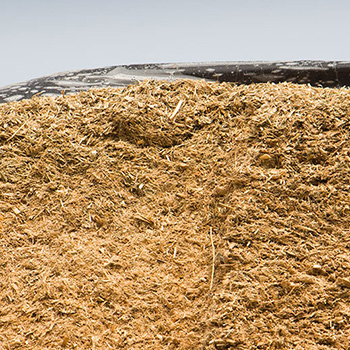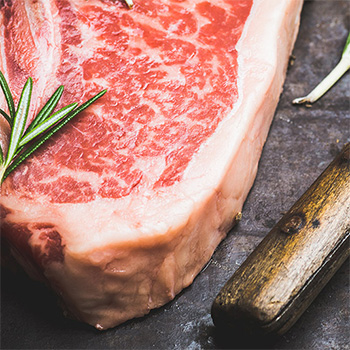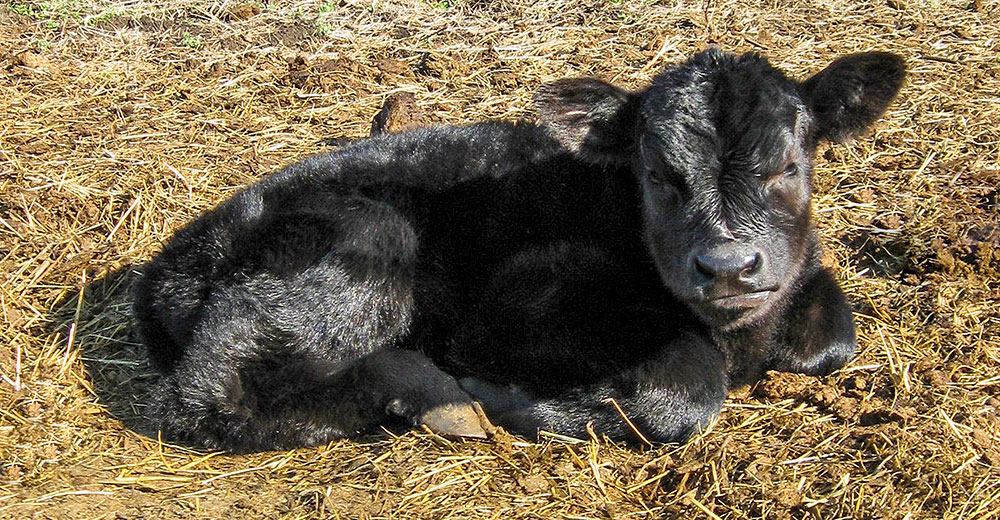
Fall Calving Considerations
Feed, climate and labor to consider when deciding calving season.
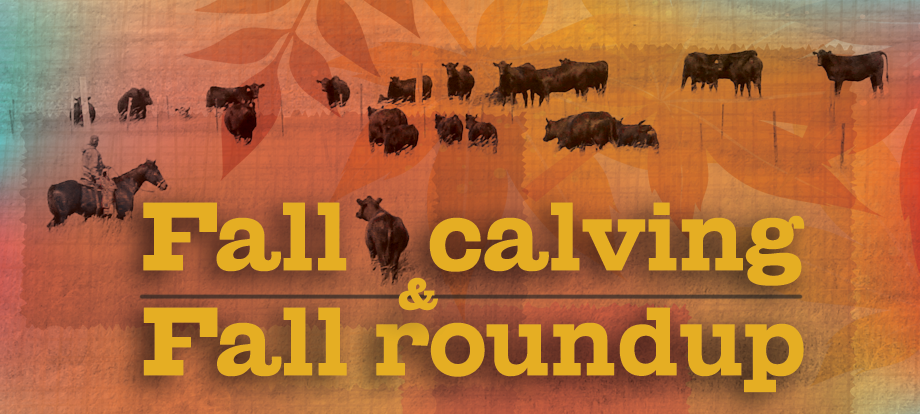
There are advantages and disadvantages to every calving season. Producers must figure out what works best for their own climate and management system.
George Barrington, Washington State University, says there’s a lot of information and also many opinions regarding calving seasons. The advantages and disadvantages are partly geographic. If you have severe winters, those environmental factors make fall calving more challenging.
Advantages include a chance for better prices. More people calve in the spring than the fall. Therefore, there is a larger supply of calves in the fall at weaning time — so the market generally drops. There is more demand for calves marketed in the spring, when the supply is lower, that usually results in a better price.
“Fall-calving cows have gone through spring and summer with good grass and tend to be in good body condition. They generally have fewer problems calving — partly because birth weights are a little lower than in cows that went through late gestation during cold weather, with more blood circulation around the internal organs and uterus,” Barrington says. “Fall-calving cows also tend to breed back quicker. Spring-calving cows are often harder to breed back if they’ve come through a hard winter, if their body condition scores are lower.”
Weather tends to be better in the fall, and cows can usually calve out on pasture, so there’s less labor needed.
There might be some cool nights, but it’s generally better than calving in early spring or coming out of winter, he admits. Regional differences can be a factor, and a person needs to time the calving for their own conditions.
“Some ranchers have both a spring- and fall-calving herd. Their bulls can be used twice; they are getting more use of bulls, with less cost per calf sired,” says Barrington.
Some of the disadvantages of fall calving in certain climates is that grass is mature and dormant. In mild climates, there may be new growth of grass and the fall-calving cows have good nutrition.
At higher elevations and in more northern regions, cows generally need to be fed through winter, and lactating cows have higher nutrient demands than dry, pregnant cows.
“You lose the advantages of fall calving if the cows aren’t producing enough milk or if it costs too much to feed them. The fall calves may also be a little lighter at weaning time than spring-born calves because they are going into winter soon after birth and will take more feed for maintenance and body heat. Small calves are not yet ruminants, so they are not producing body heat from fermentation in the rumen,” says Barrington.
“Ranches that can have both a spring- and fall-calving herd have the best chance to weigh the benefits and disadvantages for their own environment, management, labor availability and feed. When they market calves they can determine which season pencils out best when figuring in feed costs, etc.”
Many producers in eastern Washington prefer fall calving because they also have a lot of wheat production.
“They are so busy in the spring that they can’t devote enough time to calving. They can’t be dealing with calving problems when they are out in the fields,” he explains.
The environment for calving is also a little better in the fall, out on pasture compared to being confined and monitored in late winter/early spring. He says they treat more calves for diarrhea in the spring because the herds are in wet, muddy confined areas, often the same areas where the cows were fed during winter. The weather does not always allow putting the cows out in larger, clean areas to calve.
Producers need to consider all the factors involved in their own particular environment, management strategy and labor availability.
Editor’s note: Heather Smith Thomas is a cattlewoman and freelance writer from Salmon, Idaho. Photo by Johanna Lundgren, NJAS/Angus Journal Photography Contest.
